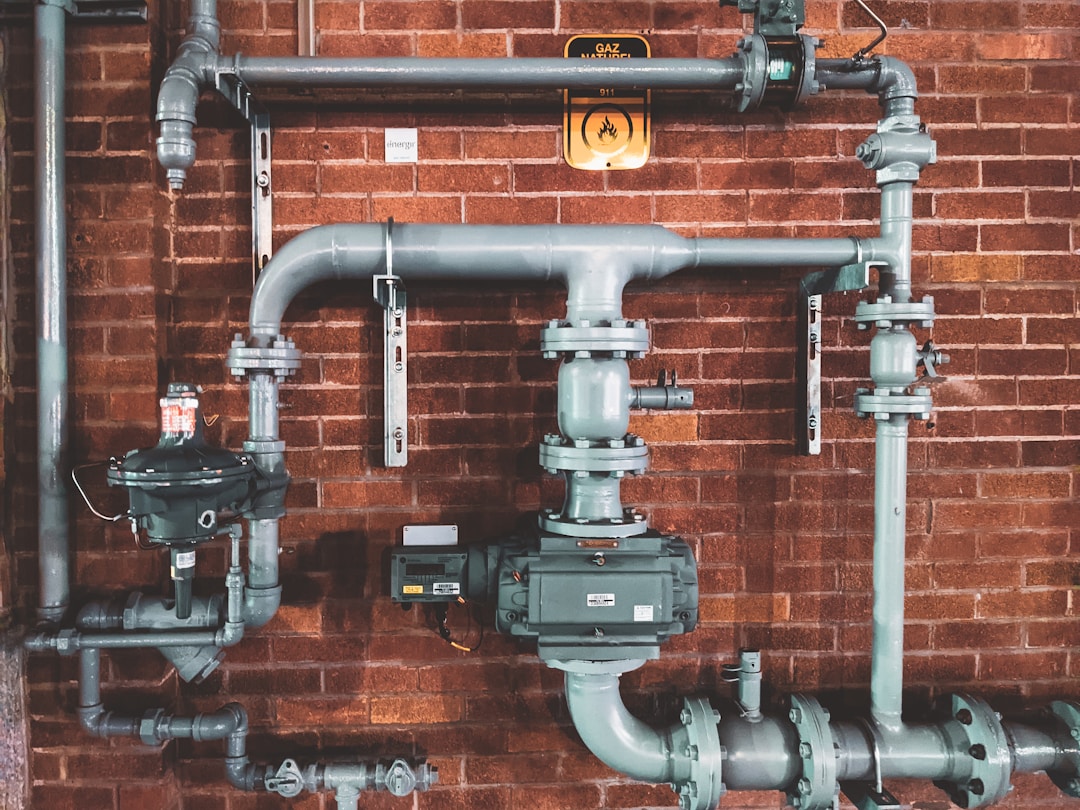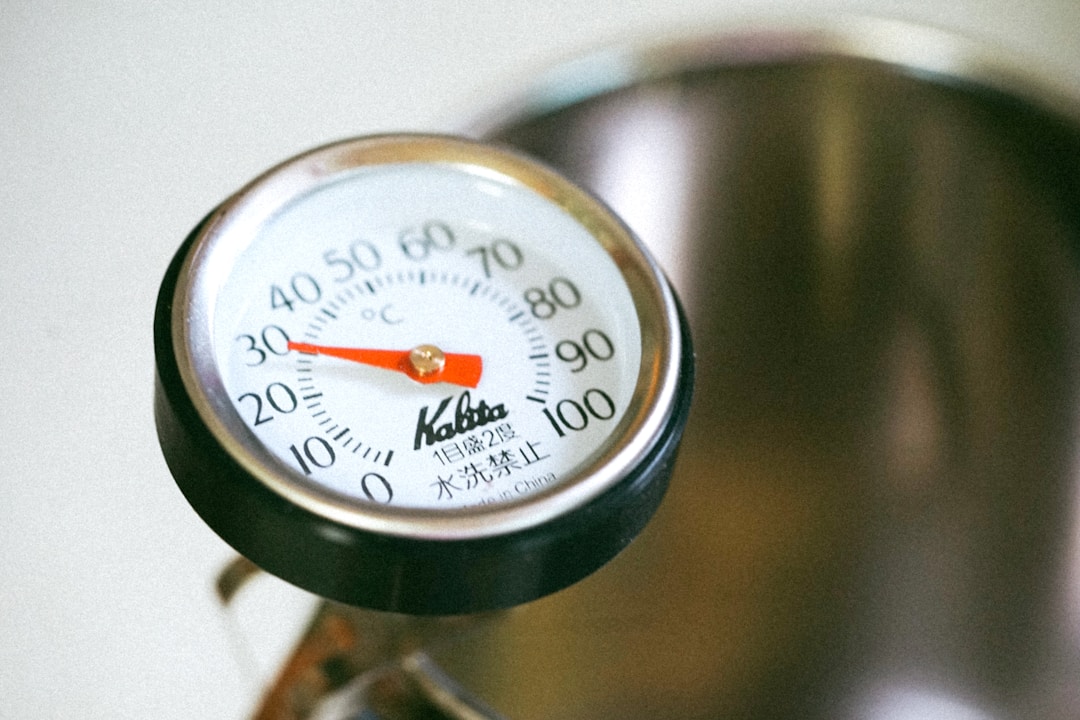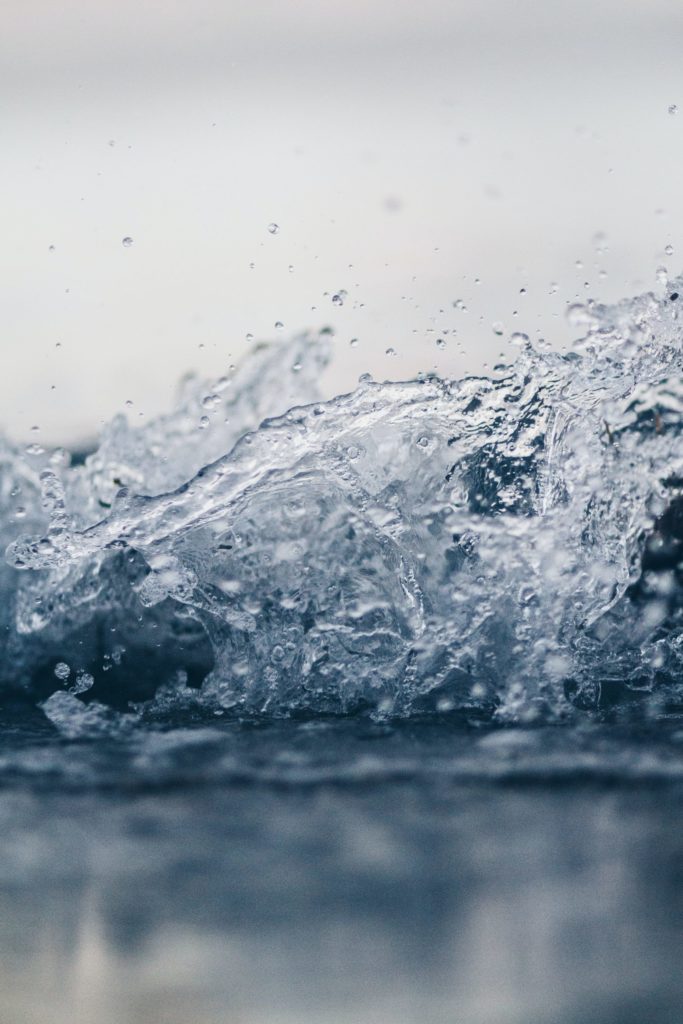The water isn’t warming up. The temp is getting too hot. It’s still cold, and I’ve had it running for a few minutes to heat. This hot water is scalding!
If you have found yourself echoing any of these sentiments or something similar, you clearly have an issue with your water temperature. So what exactly could be causing this issue in your home? Here are a few ideas that may be impacting how hot or cold your water is running out of your faucets and fixtures.
Bath & Shower Temperature

If you notice something off about the water temperature from your sink, bathtub, or shower, there could be a few culprits. Let’s say you’re in the shower and someone flushes the toilet; that new demand for water makes a warm, relaxing moment abruptly end with a bitterly cold shower. Since the system is central in your home, all of your fixtures share cold and hot water.
Pressure-balanced and thermostatic shower controls are designed to counteract the problem, but replacing the shower cartridge is often the best way to fix inconsistent water temperatures.
This requires shutting off and removing the tap’s handle, then gently pulling out the metal clip that holds the cartridge in place. You, or a licensed plumber or contractor, should then slide a new cartridge in place. Installing a scald guard will also adjust the water temperature while water is running, preventing scalding temperatures from emerging in the bath and shower, as well as while washing your hands. This will still allow hot water temperature at a comfortable level and avoid the risk of third-degree burns.
Water Heater Temperature

Often, issues with the water heater are to blame for why the water is not coming out hot enough. Hot water heater temperatures can suddenly fluctuate, with water getting cold to the point where it can’t even be used. That buildup within pipes of cold water can lead to pathogens’ growth, like Legionnaires’ disease, that can make you dangerously ill.
Beyond the possible pilot light outage, some gas water heaters feature a dial that you can adjust by turning it. Newer water heaters are a bit more complex. You can start by turning off the power to your home’s water heater at the circuit breaker, then finding the access panel for the thermostat. Once you peel back the insulation to reach the thermostat, you can use a flathead screwdriver to adjust the water temperature.
While it may be tempting to crank your water heater up to the maximum temperature, this puts you at high risk for serious burns. It is also a dangerous presence in your home for young children and older people.
Troubleshooting Common Thermostat Problems

The thermostat on your water heater may read one number, but the water temperature says different. If water temperature is inconsistent, you may have a defective thermostat. If the upper thermostat of a water heater does not divert power to the lower thermostat, there is no heating at the bottom of the tank, leading to a lack of hot water. You will notice the same issue arise with your tap water if either the lower thermostat or lower heating element is defective. This is the best time to call in a trained professional to handle this issue.
Plumbing and water heater issues are among the list of issues that homeowners should address as they consider putting their house up for sale. These are among their own checklist for realtors, along with the 5 tips for a successful open house, to assure that a seller can find their new home with you as their real estate broker.



